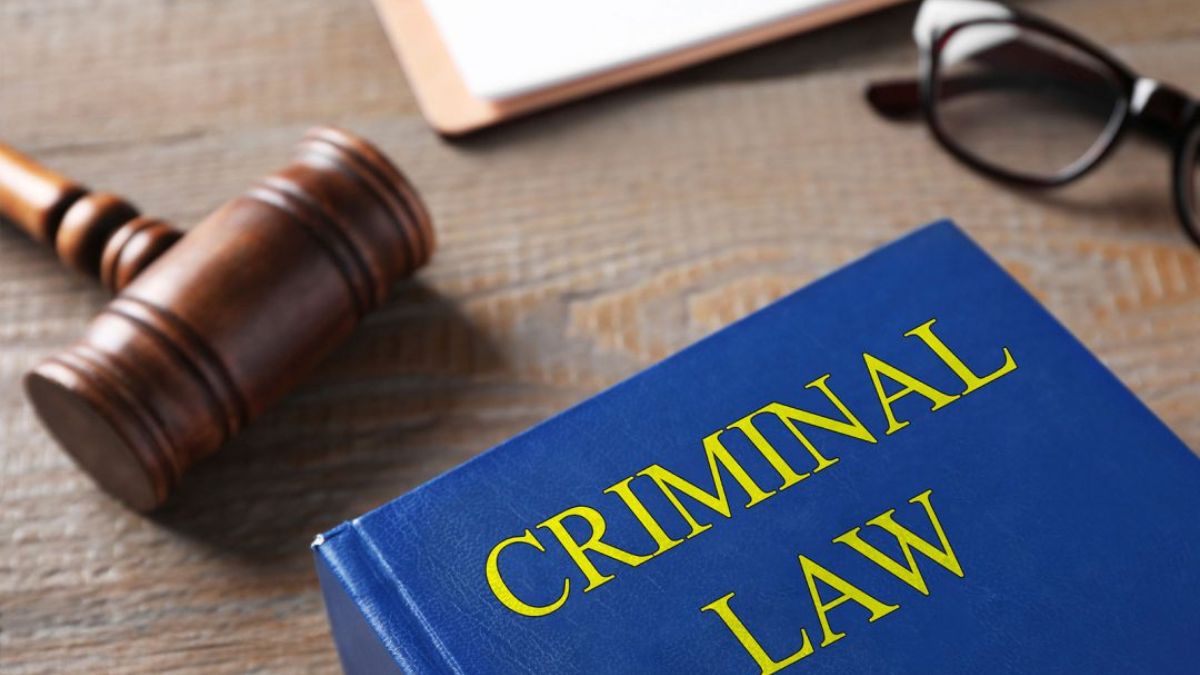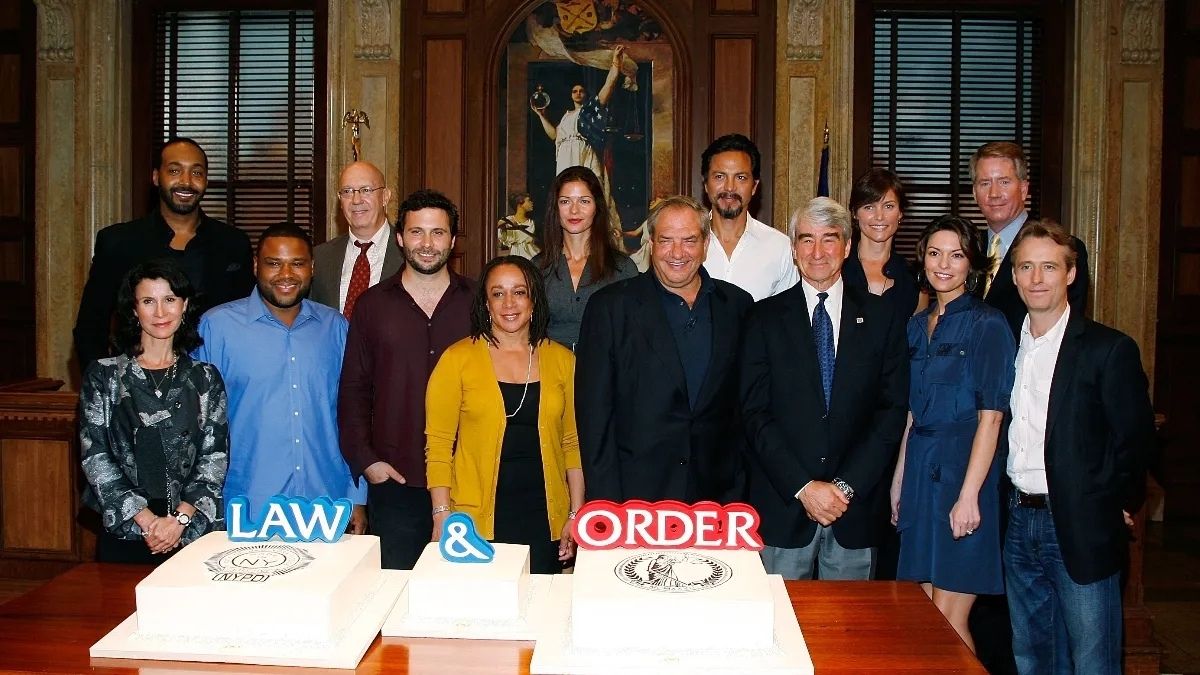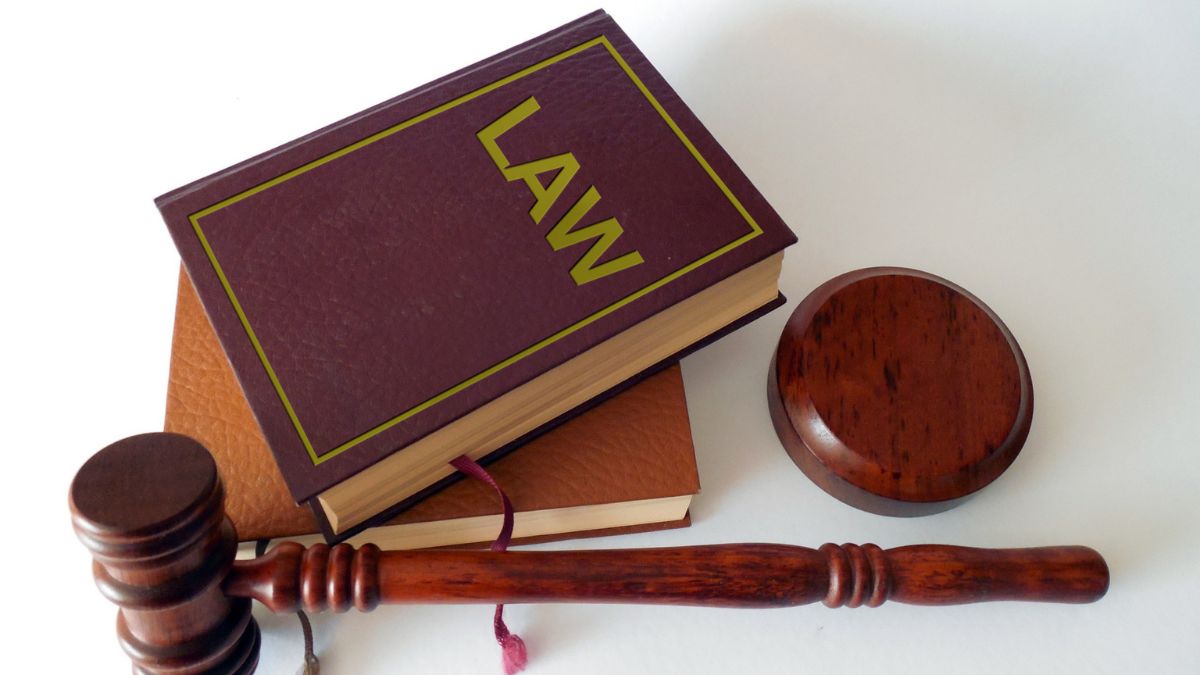Criminal law often feels daunting and complex, but it plays a vital role in maintaining order and justice in society. Whether you’re a law student, a professional looking to expand your knowledge, or someone with a curiosity about how the legal system works, having a firm grasp of the basics can be incredibly valuable.
This blog will walk you through the essentials of criminal law, including its purpose, the difference between various crimes, and how the system functions to ensure a fair trial. By the end of this guide, you’ll have a solid foundation to understand one of the key pillars of our justice system.
What Is Criminal Law?
Criminal law is a branch of law that deals with behaviors deemed harmful or threatening to public safety and well-being. These laws are enforced by the government, and violations can result in penalties such as fines, imprisonment, or even community service. Unlike civil law, which resolves disputes between individuals or organizations, criminal law focuses on offenses against the state or society at large.
For example, theft, assault, and murder are considered crimes because they pose a direct threat to individuals and, by extension, the community. Criminal law is designed to manage these actions to maintain social order and protect citizens.
The Purpose of Criminal Law
Criminal law serves several important objectives, including:
- Retribution: Ensuring the perpetrator pays a penalty for their crime.
- Deterrence: Discouraging both the offender and others from committing similar acts.
- Rehabilitation: Reforming the criminal to become a contributing member of society.
- Protection: Keeping dangerous individuals away from the general public.
Each of these goals works together to create a legal framework that balances justice with practical solutions to crime.
Types of Crimes and Their Classifications
There are many kinds of crimes, but they generally fall into broad categories. Knowing these classifications can help you understand how offenses are judged and penalized.
1. Felonies
Felonies are serious crimes typically punishable by imprisonment for more than a year or, in some jurisdictions, by death. Examples include murder, rape, armed robbery, and large-scale drug trafficking.
Because of the severe consequences of felonies, they often require robust legal defense and meticulous attention to due process.
2. Misdemeanors
Misdemeanors are less severe than felonies and usually carry lighter penalties, such as fines or jail time of less than a year. Examples include petty theft, vandalism, and disorderly conduct.
While the punishment is less harsh, misdemeanors can still appear on a criminal record, affecting one’s future opportunities.
3. Infractions
Infractions are minor offenses punishable by fines rather than jail time. Common examples include traffic violations, jaywalking, and littering.
While infractions usually don’t lead to a criminal record, repeated violations may escalate into more severe consequences.
4. White-Collar Crimes
White-collar crimes include non-violent acts motivated by financial gain, such as embezzlement, fraud, insider trading, and money laundering. These crimes often involve complex investigations and may result in hefty fines or prison sentences.
The Components of a Crime
Understanding the elements that constitute a crime is crucial to grasping how criminal law operates. For an act to be considered a crime, it generally must involve two key components:
1. Actus Reus (The Guilty Act)
This refers to the physical act or illegal omission that constitutes a crime. For example, stealing a wallet or failing to provide care where legally required can qualify as the guilty act.
2. Mens Rea (The Guilty Mind)
This represents the intent or knowledge of wrongdoing. For instance, someone who accidentally damages property without malicious intent may not be guilty of a crime, but someone who deliberately sets fire to it demonstrates a guilty mind.
Both elements are usually required to prove criminal liability, although some cases focus exclusively on the act (e.g., strict liability offenses).
How the Criminal Justice Process Works
The criminal justice process is designed to ensure fairness for both the accused and the state. Here’s a step-by-step breakdown of how it works:
Step 1. Investigation and Arrest
Police authorities investigate suspected crimes, collect evidence, and make arrests if they have probable cause. This step involves gathering enough evidence to justify the charges.
Step 2. Charges Are Filed
Once arrested, the accused is either released or formally charged by a prosecutor. During this stage, the prosecutor decides whether there’s sufficient evidence to proceed with the case.
Step 3. Arraignment
At the arraignment, the accused hears their charges and enters a plea of guilty, not guilty, or no contest. If they plead not guilty, a trial date is set.
Step 4. Trial or Plea Bargaining
The trial involves presenting evidence to a judge or jury, who then determine guilt or innocence. Alternatively, the accused and prosecutor might negotiate a plea deal to avoid trial altogether.
Step 5. Sentencing
If the accused is found guilty, sentencing is decided based on legal guidelines, the severity of the crime, and other factors (e.g., prior offenses). Sentences may include imprisonment, fines, probation, or community service.
Challenges in Criminal Law
Criminal law is not without its difficulties. Common challenges include:
- Overcrowded prisons leading to debates over incarceration reform.
- Racial and socioeconomic bias resulting in systemic inequities.
- Technological advancements, such as cybercrimes, creating new categories of offenses.
These challenges highlight the need for ongoing reform and adaptation within the justice system.
Why Criminal Law Matters
Criminal law does more than punish wrongdoers; it helps shape the values and norms of society. By holding individuals accountable and protecting communities, it serves as a foundation for civility and trust.
Whether you’re interested in pursuing a career in law or simply curious about the justice system, a deeper understanding of criminal law can illuminate our collective responsibilities to one another.
Want to Learn More?
If this guide has piqued your interest, there are many ways to deepen your knowledge. Consider exploring case studies, attending legal seminars, or discussing current issues in criminal law with experts in the field.
Further, for anyone studying or working in law, subscribing to legal updates and staying informed on evolving statutes and case law is crucial.
FAQs
1. What is criminal law?
Criminal law is a branch of law that deals with crimes and their punishments. It defines actions considered offenses against the state or society and establishes penalties such as fines, imprisonment, or other sanctions for those found guilty.
2. How does criminal law differ from civil law?
While criminal law focuses on offenses against society and involves prosecution by the state, civil law addresses disputes between individuals or organizations, often seeking monetary compensation rather than punishment.
3. What are some examples of criminal offenses?
Examples of criminal offenses include theft, murder, assault, fraud, drug trafficking, and vandalism. These crimes are categorized based on their severity, such as misdemeanors or felonies.
4. How are criminal cases typically prosecuted?
Criminal cases are prosecuted by the government, represented by a prosecutor or district attorney, who presents evidence against the accused to prove guilt beyond a reasonable doubt.
5. Why is understanding criminal law important?
Understanding criminal law is essential to recognize your rights and responsibilities within society. It also helps individuals appreciate the legal systems’ role in maintaining order, delivering justice, and protecting citizens.











